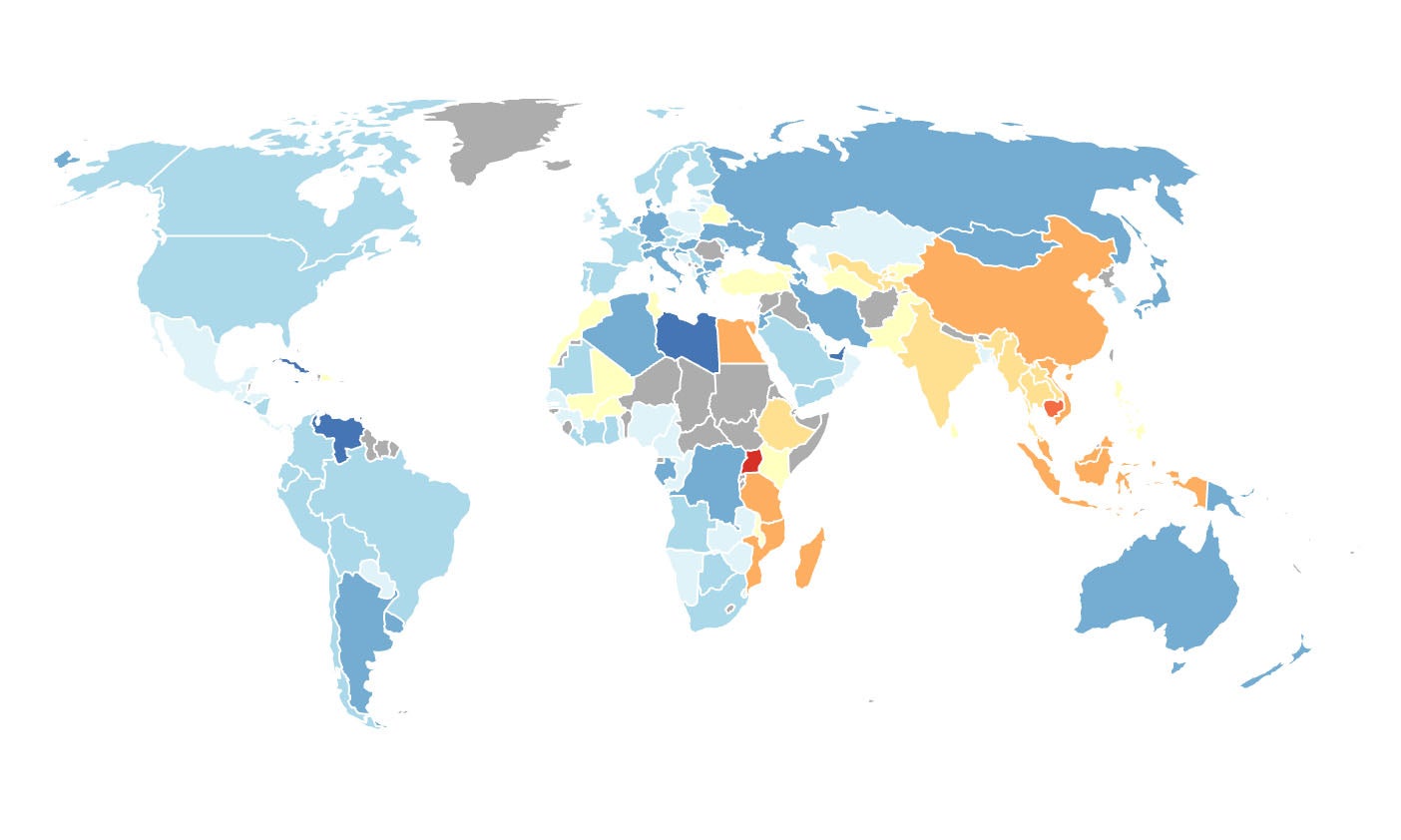That's actually and factually wrong. Because basically you are talking about absolute value vs adjusted value, which mean it ALWAYS depends on what the Economist is looking at.
Absolute value (nominal) reflects the entirety of your economic situation. Ie, how much is your countries output or which sector produce more and etc.
While adjusted value (either PPP or Real GDP) reflect on one specific reason, for example PPP is to show how much different between 2 countries and you can gauge the purchasing power in different countries using the same amount of money. For example, an Happy Meal in the UK cost you 2.6 GBP while it is $4.19 in the US, however, the exchange rate between USD and GBP is 1 : 0.79, so the nominal price for a Happy Meal in the UK should be 3.29 if all things considered equal. So we can say UK have more purchase power than the US because the currency value are lower. Ie You can buy more.
On the other hand, Real GDP considered the value pre-inflation which show the actual growth disregarding the inflated value.
The problem is, a dollar is always a dollar, while the value can be inflated in term of purchasing parity, a dollar is always equal to 1 dollar, so the nominal value would represent the absolute growth, as in how much the economy is expanding, because it is the actual value the economy is expanded by, it doesn't matter if the cost of living or the cost of producing of any item is increased over time, becauase you aren't living in 1949 or 2001. On the other hand, if the economist wants to look at and compare the growth from a period to another, say if he/she want to look at and compare how the economy growth in 1943 and 2023, then looking at nominal value is pointless because the value of dollar is different in 1943 and 2023. That's when you use real GDP


 news.harvard.edu
news.harvard.edu











